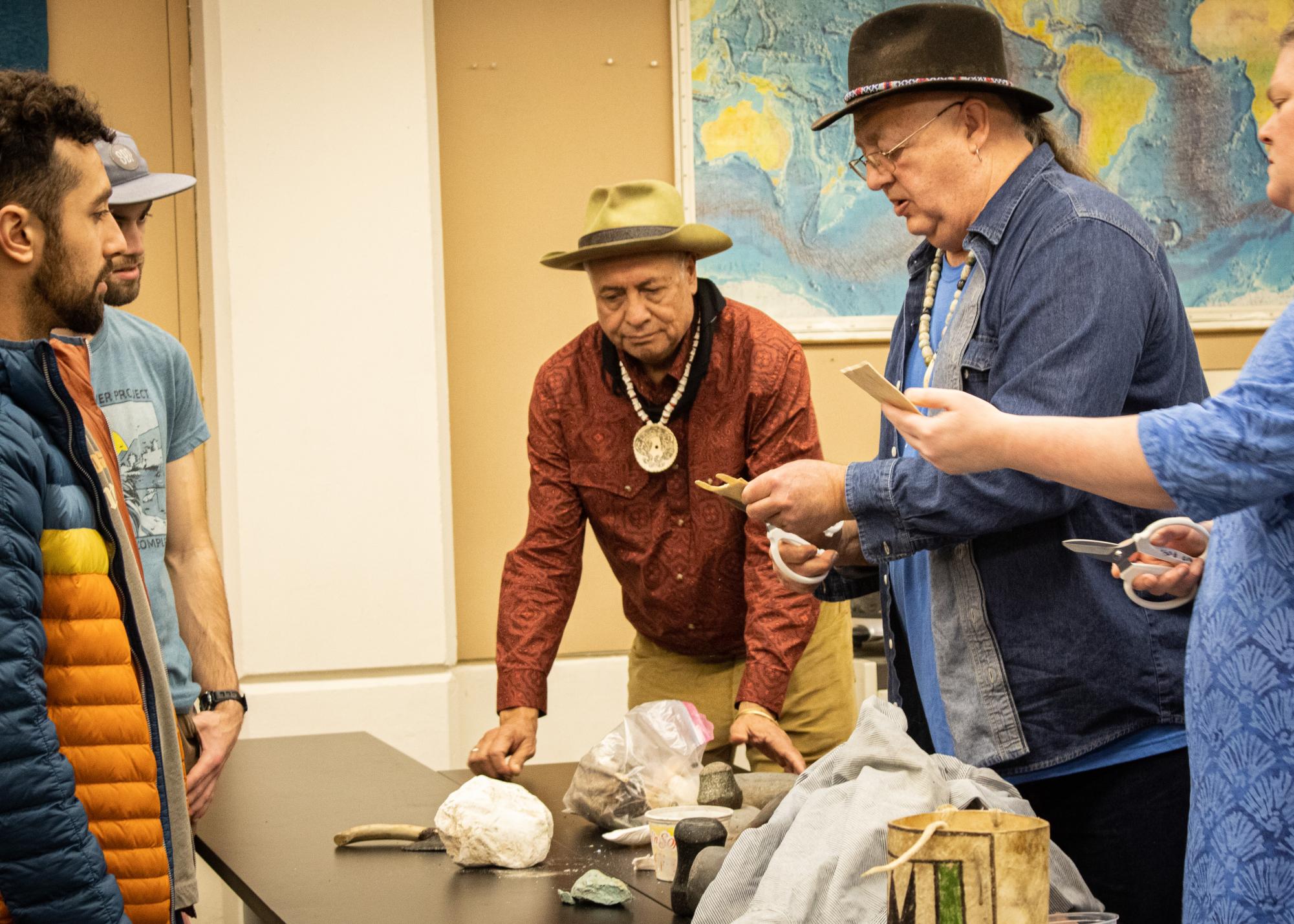
When I walked into Hall of Science Room 116 on Tuesday, Feb. 13, the consistent thump of mortar against pestle punctuated the classroom air. Tribal Elder Cultural Instructor Jim Baugh (Cherokee/Lakota/Arikara) was grinding a chunk of charcoal into a fine powder, preparing to give a lesson on rawhide painting to students taking Ethnogeology of the Columbia River Plateau.
O’Donnell Visiting Professor of Global Studies Roger Amerman ‘80 created the ethnogeology course to expose Whitman students to Indigenous understandings of the landscape that surrounds them. The course aims to “Indigenize” earth sciences and investigate the overlap between science and culture that has not been diligently explored in Western geological circles.
Amerman, a citizen of the Choctaw Nation and longtime resident of the Nez Perce reservation in Stites, Idaho, has long been interested in how people relate to the rocks and soils they live among.
“Somewhere back there, even in my DNA memory, that ethnogeology was always there. I grew up in the most phenomenal geologic terrains of North America, at the Four Corners and the gate to Bryce Canyon … [I] was paralyzed when I would see Zion Park in its entirety, and I couldn’t even talk yet. [I was thinking,] what’s all these red cliffs?” Amerman said.
As Amerman grew up, he moved to Pendleton, Oregon to the Confederated Tribes of the Umatilla Indian Reservation (CTUIR) on the Columbia River Plateau. He listened to the stories shared by CTUIR elders about the rocks of the plateau and learned about the geological history of the region as told by the elders. When he reached college and started studying geology within a Western (read: colonial) framework, he noticed that geology scholars were not recognizing or did not know the traditional Indigenous knowledge that was associated with the Columbia River Plateau. This information — glacial floods, major vaulting events, volcanic activity and interaction with ancient megafauna during the Pleistocene — was common knowledge in Tribal oral histories.
As Amerman attended college in the late 1970s, he studied the decades-long academic dispute about catastrophic flood events that characterized the “channeled scablands” of Eastern Washington. J Harlen Brentz in the 1920s was the first Western geologist to put forth the idea that the area was gouged by flooding. It took almost a half century for the Geological Society of America to accept Brentz’s ideas as correct, awarding him with the prestigious Penrose Medal in 1979.
For Amerman, the controversy unfolding in Western geological circles was a bit silly. Its final acceptance and support by the scientific community unapologetically excluded and denied centuries of traditional Native American testimony.
“Bretz gets all the acclaim for [discovering the floods], but I know every tribe in the Northwest had a flood story related to the glacial floods coming out of Missoula … a seven-year-old could tell you about them,” Amerman said. “I’d tell the professors all of that, and they’d just nod their heads and smile. They didn’t attack me or tell me I was wrong, they’d kind of pacify the whole thing.”
Because people have inhabited the Columbia River Plateau for more than 16,500 years, regional geological events like the Missoula floods appear all over the oral record of the tribes in the area. The Klamath people have legends about the explosion of Mount Mazama that created Crater Lake 8,000 years ago, the Salish people have first-hand accounts of massive earthquakes in the Cascadia Subduction Zone, and the Nez Perce people have stories referencing thousand-year-old landslides on the Clearwater River.
No Western geologist was present in the Pacific Northwest to witness and record any geological event that occurred more than 200 years ago. In comparison, the tribes’ oral records stretch back to the Pleistocene epoch, when woolly mammoths and mastodons patrolled the area and the area now inhabited by Seattle was under a glacier almost a mile thick. Those oral records are an incredibly rich primary source for people interested in the region’s geologic history.
Angus Althausen is a junior geology major. After years of Whitman geology classes taught from a Western perspective, listening to stories that were passed down from people who actually watched the geological events unfold is very impactful for him.
“Learning about geology and understanding geology through the perspective of Native Americans and their stories is really, really helpful because they have seen all of this. They were here and I wasn’t,” Althausen said.
Althausen is one of many Whitman science students showing a growing interest in Indigenous ways of knowing science and, more broadly, how people throughout history have understood and interacted with the physical sciences. Demand for science courses that incorporate a cultural lens is on the rise.
Spencer F. Baird Professor of Biology Heidi Dobson has been interested in the cultural intersection with biology throughout her career. At Whitman, she’s known for her interest in bees and pollinator interactions, but she also created a course with Robert Allen Skotheim Chair of History Brian Dott called History and Ethnobiology of the Silk Roads, the historical trading network that spanned from Europe to East Asia.
“We’re looking at how the cultures of the Silk Roads used the landscape, the animals they interacted with and why, what kinds of plants they used for food, clothing and shelter,” Dobson said.
She asks similar questions of the agricultural world more broadly in her course Plants and Peoples, and sprinkles readings about cultural relationships with plants into her biology survey course, The Biological World. According to Dobson, the students in her classes have a significant appetite for learning about cultural intersections with biology.
That voracious student appetite is what gave Amerman confidence that his ethnogeology course would be a success.
“I knew I had a chance to teach here at Whitman … They taught cryptozoology here, which is the study of the biology of mythical animals. Now that’s a crazy topic, brother. That class was sold out every semester. [Students were saying,] ‘I wanna know the biology of a pegasus, or a unicorn, or a gargoyle,” Amerman said. “I said if you could teach cryptozoology, you definitely could teach ethnogeology. It has a foot in Indigenous knowledge, I’m connecting the dots my elders gave me, I’m not making that up.”
Although students are increasingly interested in the cultural intersections of science, some people see those types of courses as falling outside of the traditional hard science departments. Dobson pointed out that as soon as a course starts deviating from traditional Western scientific tradition, it gets labeled as “environmental studies” and not a hard science. There is often a strong divide between disciplines, but in Dobson’s eyes, they are all interconnected.
Back in Hall of Science 116, culture and science were flowing together during Baugh’s lesson, and the ethnogeology students hung onto every word. Baugh broke down geological processes like how obsidian forms and spoke about how Indigenous people continue to harvest and use geologic material like diatomaceous earth and silicates as they’ve been taught to do. An important part of Baugh’s story is that these materials are more than inanimate rocks. For him, rocks are akin to soul food, with different flavors depending on where they come from. Each tool he uses, each mineral he grinds, each pigment he paints with touches his heart and soul.
While Amerman and his guest lecturers’ expertise is with Indigenous ways of knowing, Amerman’s teachings have inspired students from a variety of cultures to reflect on how their own culture understands the landscape around them. One particular student from an ethnogeology lecture he gave over the summer during Whitman’s Land, Water, Justice program sticks in Amerman’s mind.
“I saw the lights go on in his eyes, you know? I don’t know what religion he is, but they have a lot of legend time stuff in his culture. We went into Hell’s Canyon and talked about how tribal people used this place for 16,000 years, and he came up to me and goes, ‘I don’t know if I can get a job in it, but I want to know the geology components of my culture.’ It makes you more connected,” Amerman said.
Hearing the positive student feedback is gratifying for Amerman, and makes the effort to design such a unique course worthwhile. His ethnogeology course is one of the first in the country, a fact that Amerman is quite proud of. After the amount of positive student engagement and feedback from Althausen and others, Amerman’s innovative course might only mark the beginning of a shift in geological and scientific education at Whitman and colleges more broadly.
The student appetite for different cultural lenses to understand science is only growing. While Amerman will only be on Whitman’s campus through the end of the Spring 2024 semester, it’s possible that ethnogeology has found a home in Whitman’s geology department long beyond this spring.

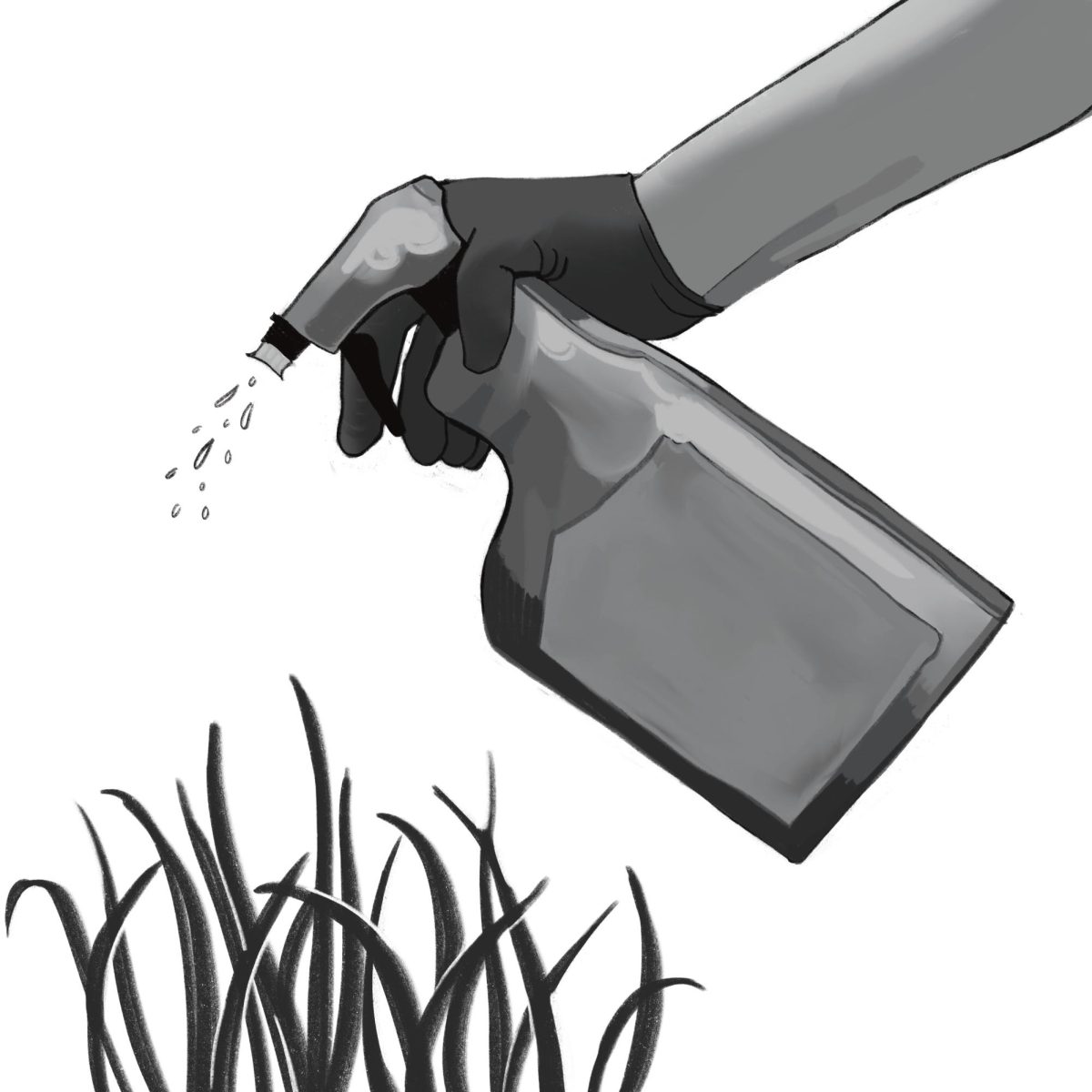
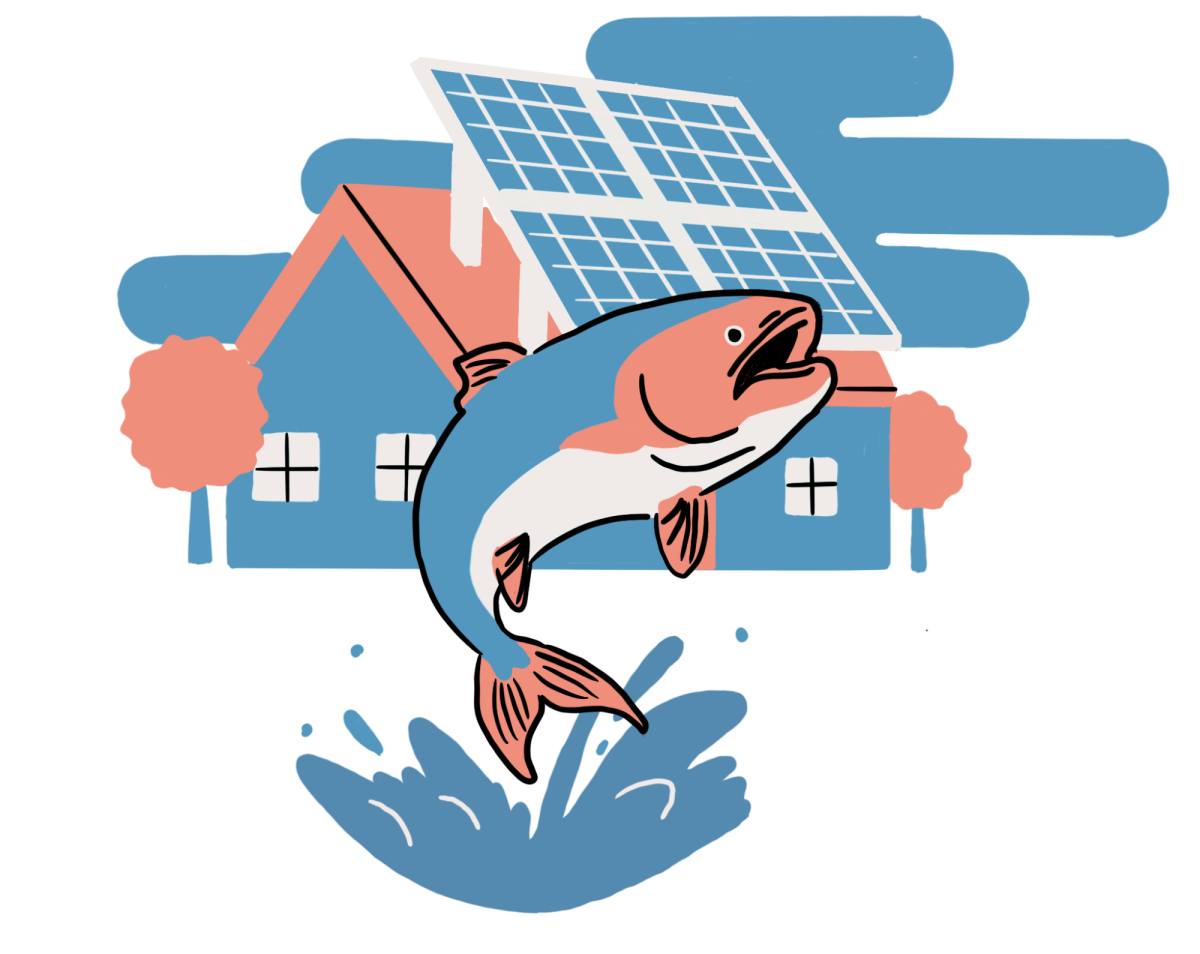
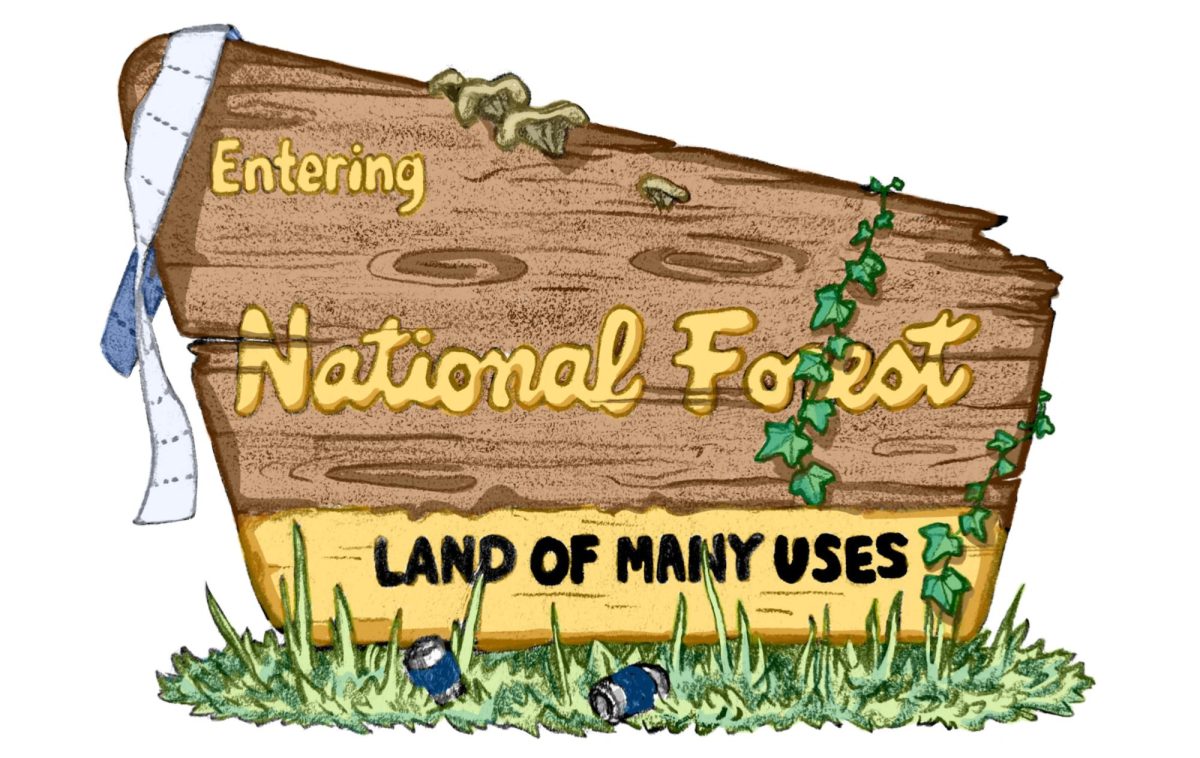
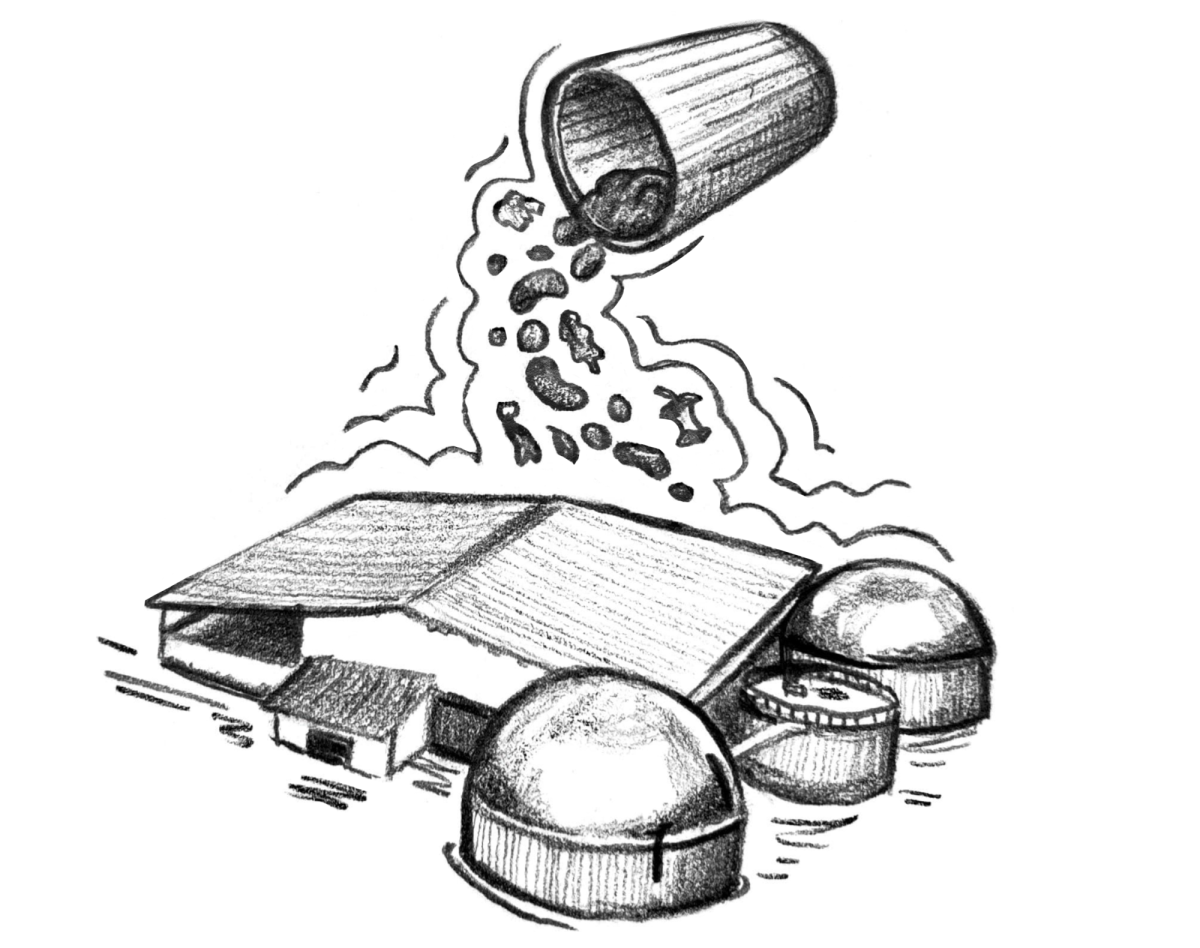
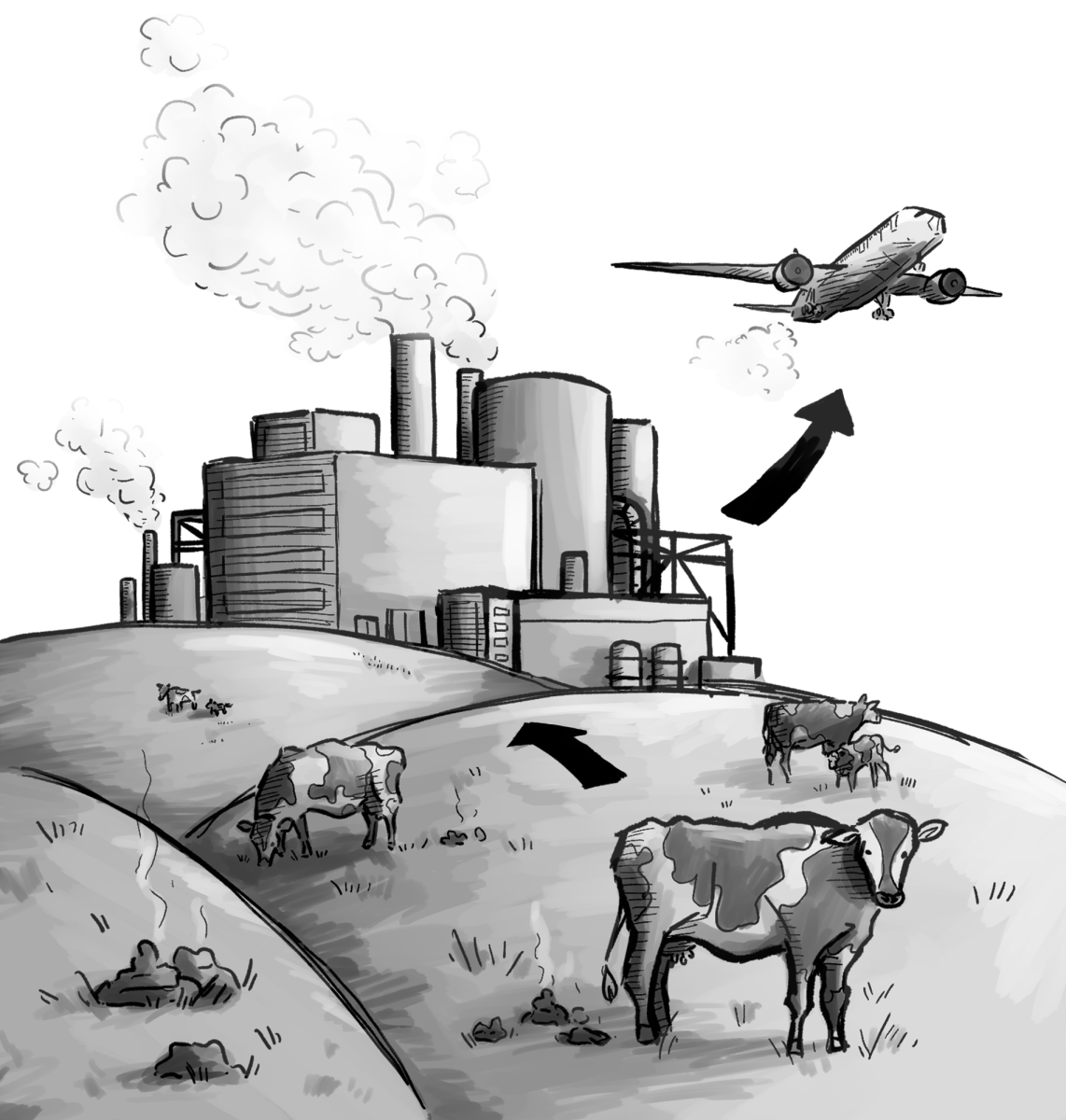
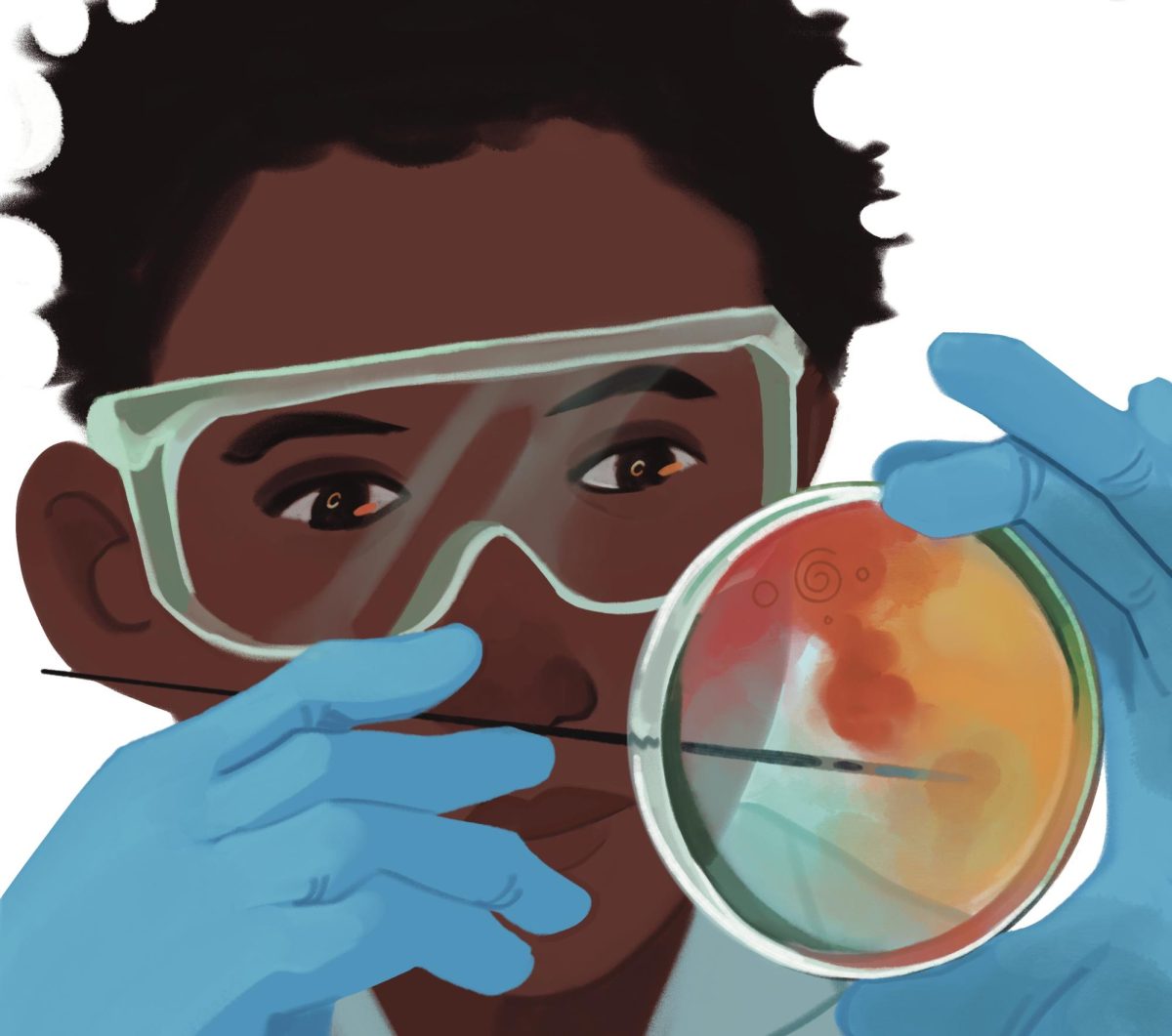
Beverly R DeVore-Wedding • Mar 11, 2024 at 8:02 pm
I would love to take this class. I am teaching Introduction to Geology and adding in all the traditional knowledge I can find but I need/want more.